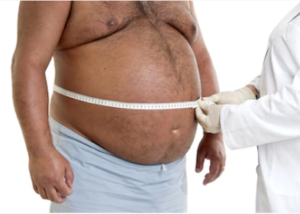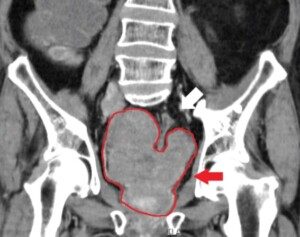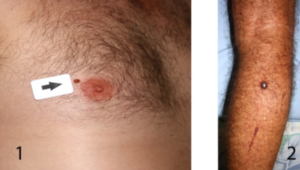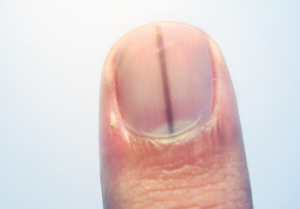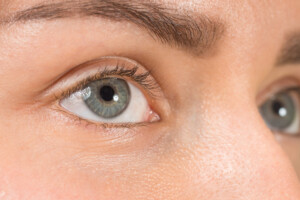
Sometimes you’re stuck with “bad genes,” but this doesn’t have to condemn you to a sick and short life.
You have more control over your health than you think.
A study led by researchers from Oxford Population Health has shows that environmental factors have a far more significant influence on health and premature death than do the so-called good genes.
The study, published in Nature Medicine, was based on data from nearly half a million UK Biobank participants.
It analyzed the effects of 164 environmental factors and genetic risk scores for 22 major diseases.
What did this study find out?
- Environmental factors accounted for 17% of the variation in the risk of death.
- Genetic predisposition or “good genes” was responsible for less than 2%.
Researchers identified 25 environmental factors that were independently associated with illness and mortality.
The most impactful and modifiable factors were smoking, socioeconomic status, physical activity and living conditions.
Though socioeconomic status might be considered by some as non-modifiable, it’s considered an environmental factor because it has the potential to be altered, whereas disease risk factors such as family history or personal genetics cannot ever be changed.
- Smoking alone was linked to 21 diseases.
- Household income, homeownership and employment status were associated with 19 diseases.
- Lack of exercise was related to 17 diseases.
- Remarkably, 23 of the factors identified are modifiable, such as education or where one works.
The research also showed that early-life exposures, including body weight at age 10 and maternal smoking around birth, can have long-term effects on aging and premature death.
This can have an effect up to 80 years later. Eighty years might not seem like a short lifespan, but remember, a chronically sick person can live into their 80s, even 90s, with modern medicine including surgeries.
Good Genes vs. the Environment You Live
For conditions like dementia and breast cancer, genetic risk factors played a more significant role.
This difference shows that while genetics may have a stronger influence on some conditions, for others, the environment is more relevant.
But don’t take this to mean that if you have a family history of cognitive decline or breast cancer, that making healthful lifestyle choices wouldn’t matter. They sure would.
Professor Cornelia van Duijn, the study’s senior author, explains that while not-so-good genes contribute to brain conditions and certain cancers, the environment is much more important in the development of diseases related to the lungs, heart and liver — leading causes of disability and death worldwide.
The paper also points out that variables like income, living environment and access to health resources should not determine one’s chances of living a long and healthy life.
Certainly, it’s much easier said than done when we hear, “If you don’t like where you live, then move,” or, “Don’t like your job and income? Then find a high paying job.”
Nevertheless, regardless of how noisy that highway near your home is, how dead-end your job is and how broke your checking account is, you can always choose to stop smoking (this will save you lots of money!) and start an exercise regimen that you can sustain with cheap pieces of equipment.
Exercise Is Cheap; Avoiding Exercise Is Costly to Your Health
The cost of about four Whopper Combo Meals or the low end of a manicure is around $20.
For this same price, you can purchase a set of resistance bands from Amazon (see the image below).

Anyone can do resistance band exercises. The bands have different colors for different levels of tension.
A dumbbell set costs about $37. You can give up $37 worth of junky food over a month and you will have your money for three pairs of dumbbells (see the image below).
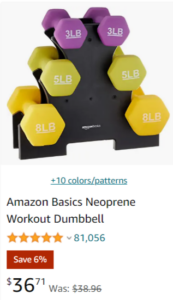
Dumbbells add a whole new dimension to a home workout. Heavier dumbbells cost more, but even light dumbbell workouts can turn a medium squat or lunge into a more intense session. They can also be held while walking.
You can often get free delivery for all these products. Plus, from personal experience, I can say that exercise equipment is built to last for decades.
In fact, the equipment you buy today could still be in use when you’re 90!
Cutting back on some regular expenses—like manicures, hair tint jobs, a new tattoo, new earrings or that extra pair of dress shoes—will easily cover the cost of home exercise equipment that will last a lifetime.
Moreover, ditching a few bags of chips, donuts, a case of soda here and there and other vices will pay for a membership at a low-cost gym. A health club may even base their fee on one’s income.
The study paper was published in Feb. 2025.
 Lorra Garrick is a former personal trainer certified by the American Council on Exercise. At Bally Total Fitness, where she was also a group fitness instructor, she trained clients of all ages and abilities for fat loss and maintaining it, muscle and strength building, fitness, and improved cardiovascular and overall health.
Lorra Garrick is a former personal trainer certified by the American Council on Exercise. At Bally Total Fitness, where she was also a group fitness instructor, she trained clients of all ages and abilities for fat loss and maintaining it, muscle and strength building, fitness, and improved cardiovascular and overall health.
.


